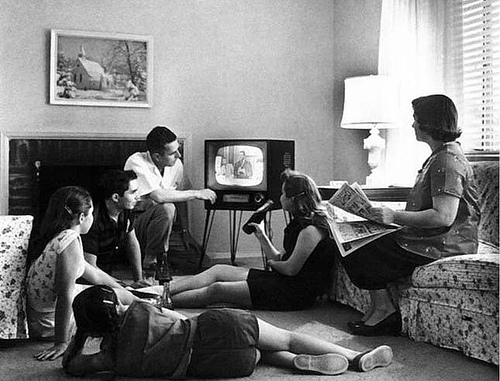In other words, this is the day on which those charming little missives, ycleped Valentines, cross and intercross each other at every street and turning. The weary and all for-spent twopenny postman sinks beneath a load of delicate embarrassments, not his own. It is scarcely credible to what an extent this ephemeral courtship is carried on in this loving town, to the great enrichment of porters, and detriment of knockers and bell-wires. In these little visual interpretations, no emblem is so common as the heart,–that little three-cornered exponent of all our hopes and fears,–the bestuck and bleeding heart; it is twisted and tortured into more allegories and affectations than an opera-hat. What authority we have in history or mythology for placing the head-quarters and metropolis of god Cupid in this anatomical seat rather than in any other, is not very clear; but we have got it, and it will serve as well as any other thing. Else we might easily imagine, upon some other system which might have prevailed for any thing which our pathology knows to the contrary, a lover addressing his mistress, in perfect simplicity of feeling, ‘Madam, my liver and fortune are entirely at your disposal;’ or putting a delicate question, ‘Amanda, have you a midriff to bestow?’ But custom has settled these things, and awarded the seat of sentiment to the aforesaid triangle, while its less fortunate neighbours wait at animal and anatomical distance.
— Charles Lamb, Essays of Elia, 1823
A mathematical valentine:








